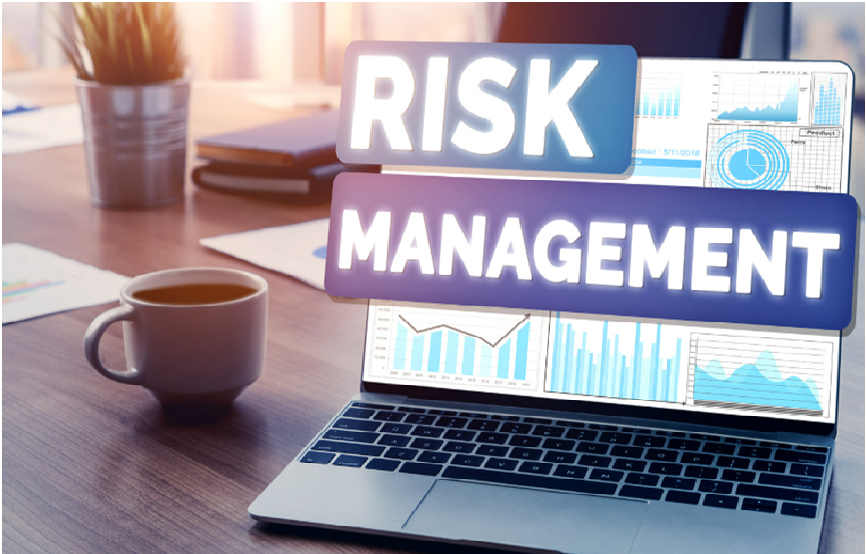Mastering Risk Management: A Guide to GRC Audit Software Implementation
In today’s fast-paced business landscape, proactively managing risks is crucial for the success of any organization. A key tool to incorporate in your risk management strategy is audit software, which goes hand in hand with governance, risk, and compliance (GRC) principles. Learn more about what GRC audit software is, how to implement it, and how it can benefit your organization.

What is GRC Audit Software?
A GRC audit softwareis a comprehensive solution designed to help organizations effectively manage their governance, risk management, and compliance initiatives while streamlining the audit process. These tools enable organizations to identify and assess risks, develop policies and controls, track and monitor compliance activities, and perform internal and external audits to ensure that the organization operates within legal and regulatory requirements.
Advantages of GRC Audit Software
- Streamlined audit processes: GRC audit software automates many manual tasks, like data gathering, documentation, and reporting, enabling efficiency gains during audits.
- Improved risk management: Software helps identify potential risks and vulnerabilities in your organization, enabling proactive mitigation strategies and reducing the likelihood of negative impacts.
- Enhanced compliance tracking: These tools ensure that all necessary regulations and standards are maintained and updated, reducing the risk of non-compliance fines and reputational damage.
- Strategic decision-making support: GRC audit software offers valuable insights and data that allow organizational leaders to make informed decisions to safeguard the organization’s success.
Implementing GRC Audit Software
Successfully implementing a GRC audit software solution involves careful planning and consideration. Follow these steps to ensure a smooth roll-out:
- Evaluate your organization’s needs: Determine which risks, regulations, and compliance requirements are most applicable to your organization, and tailor your search for GRC audit software accordingly.
- Involve stakeholders early: Communicate with key stakeholders, including managers, board members, and employees, to gather input and secure buy-in for the implementation process.
- Develop a project plan: Outline the steps for implementation, including timelines, budget, technical requirements, and responsible parties.
- Configure and customize the software: Adjust the settings and features of your chosen GRC audit software to align with your organization’s specific needs.
- Train end-users: Develop a training program to ensure that all relevant personnel understand how to use the software effectively.
- Monitor and evaluate the system: Regularly assess the GRC audit software’s performance and user satisfaction levels to identify areas for improvement and measure the ongoing value it brings to your organization.
Conclusion
GRC audit software is an essential tool that can help companies master risk management and compliance. By choosing the right GRC software for your organization and implementing it effectively, you’ll streamline audits, improve risk management, enhance compliance tracking, and support strategic decision-making. Don’t wait any longer – start exploring GRC audit software options today to safeguard your organization’s future success.



